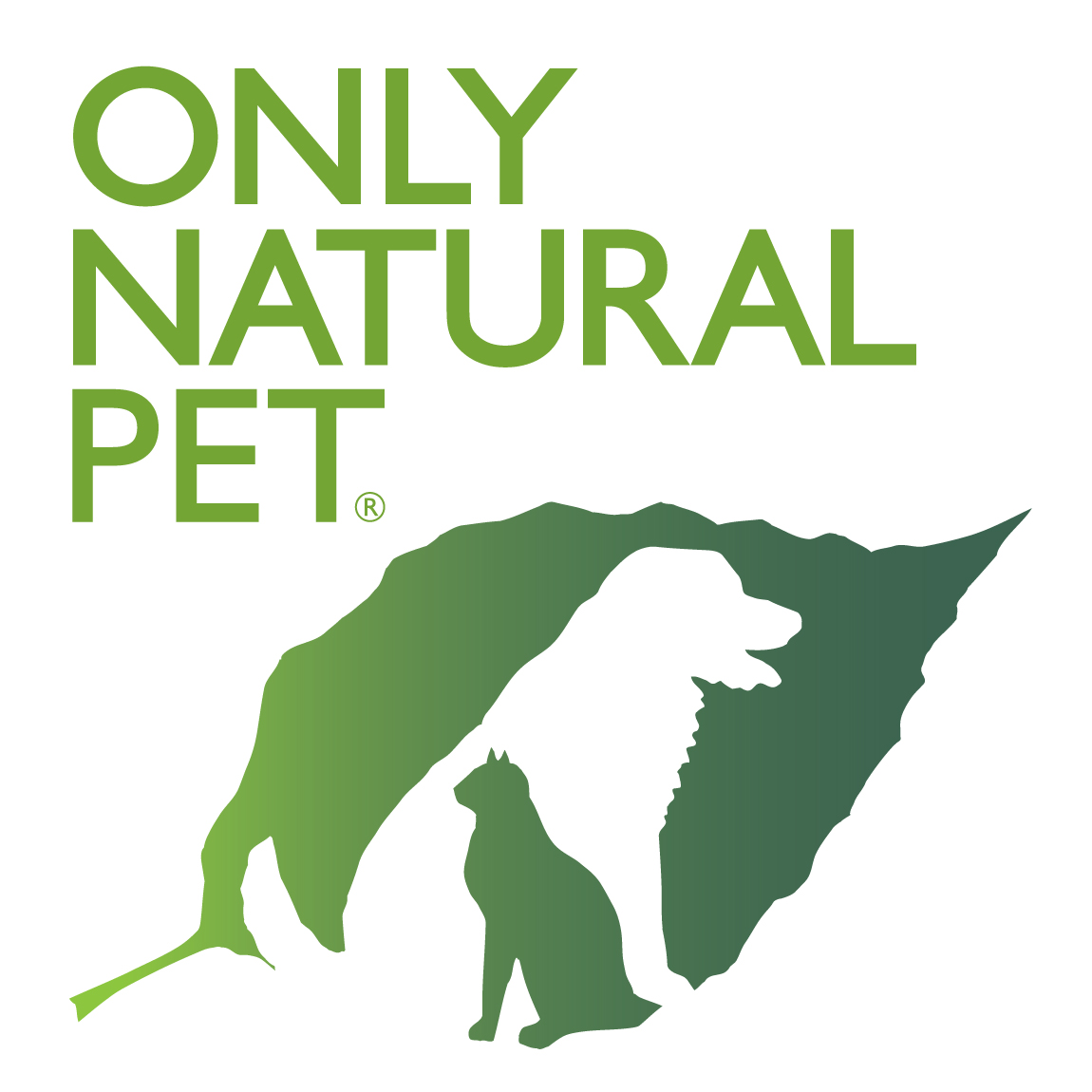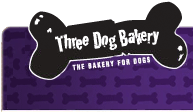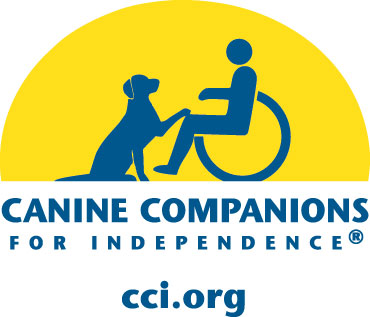Spot On - Part One
I guess I'll start at what prompted this entry to begin with, and then break the subject down into several manageable entries.
Just this past week a friend of mine told me that her sister had used a particular spot-on flea treatment on her dogs, and they became very sick. My friend asked me if I was familiar with these side-effects, which I was not. I personally do not use chemical flea treatments on my pups and don't have much experience with them. Her email compelled me to start doing some research on the subject, and what I found blew me away.
The products I am talking about are the spot-on flea treatments for dogs and cats (ie: Frontline, Hartz, ProMeris, Zodiac, Sergeant's Sentry Pro, BioSpot, K9 Advantix, and many others). These are topical flea treatments that are applied between the shoulder blades or down the back of the pet, depending on the individual product's instructions.
I found site after site of people posting stories of horrible side-effects, even deaths, from using these treatments on their pets. ConsumerAffairs.com has heard scores of stories from pet owners across the country who say their dogs and cats started to shake and tremble uncontrollably, drool excessively, vomit, have seizures, suffer burns and welts on their skin, whimper in pain, lose control of their legs, and experience other neurological problems after using these products. Most reactions began almost immediately after application of the product, so there is little doubt as to the cause.
First, let's take a look at exactly what these products are and the chemicals they contain.
There are approximately 70 products registered with the EPA as "spot-on", for direct application to dogs or cats to control fleas or ticks. These products have an EPA Registration Number on the label.
Pesticide products used on pets contain active ingredients that aid in flea and tick prevention. Spot-ons are generally packaged in tubes or vials, and are applied to one of more localized areas on the body of the pet. Spot-ons used on dogs and cats contain active ingredients (pesticides) that kill fleas and/or ticks. Their active ingredients are chemicals such as amitraz, cyphenothrin, dinotefuron, etofenprox, fipronil, imidicloprid, metaflumizone, permethrin, pyriproxfen, or S-methoprene. These products can be purchased from retail outlets, veterinary clinics, or over the internet.
Let there be no misunderstanding here. All the chemicals listed above are chemical pesticides. They are poisons designed to kill fleas and ticks. All of them are toxic at some level and have the potential for side-effects. They are regulated by the EPA, a few by the FDA.
That being said, I'm sure you know many people who use these products on their pets and have no problems. Most pets do not seem to have any obvious reactions, though effects from their long-term usage are relatively unknown.
How common are these side-effects? The EPA said it received 44,263 reports of harmful reactions associated with topical flea and tick products in 2008, up from 28,895 in 2007. Reactions ranged from skin irritations to vomiting to seizures to, in about 1200 cases, death of an animal. Small dogs and cats seemed to be the most affected. I could not locate EPA statistics for 2009. A 2009 study by the ASPCA reported the majority of illnesses linked to proper use of topical flea and tick products were mild, with cats being more susceptible than dogs to illnesses and deaths from misuse of the products.
Dr. Steven Hansen from the ASPCA says "We don't have very many cases of true neurological issues when these products are properly used." He states that pet owners often use the products incorrectly, misread the directions, and/or overreact to how their pets respond.
When the companies that make these products were contacted, many did not respond. One of the worst offenders (and the one my friend's sister had issues with) is Sergeants, and their Sentry line of spot-on products. They had no response. Hartz did respond and said they welcomed the EPA's suggestions and want to ensure that their products are as safe as possible. The product that seemed to have the least number of problems is Frontline.
From the various consumer sites I visited, it seems the standard response when someone calls their helpline to report a reaction to the drug and to find out what to do, the blame is most often put on the consumer for applying too much product, or using the wrong product on the wrong animal (dog meds on cats, etc). They often insist that the person had to apply it wrong in order for there to be a problem.
I'm sure in some cases that is true, but certainly not in all. I find it very frustrating that many of these companies seem to think consumers cannot read and follow directions, and take little or no responsibility for the results.
Should we stop treating for fleas entirely? No! An infestation of fleas can pose serious health problems for animals - anemia, tape worms, and other health issues. There have been cases of puppies and cats that needed blood transfusions, or even died, from severe flea infestations.
I will stop here for now simply because I have enough material to write a small novel, and I don't think any of us really want me to do that. I will post another entry in a few days that covers the EPA findings and their recommendations, how to safely use these products, and what to do if your pet has a reaction. After that, I will follow up with a post on natural alternatives to flea and tick chemicals.
Until then, stay safe!











































